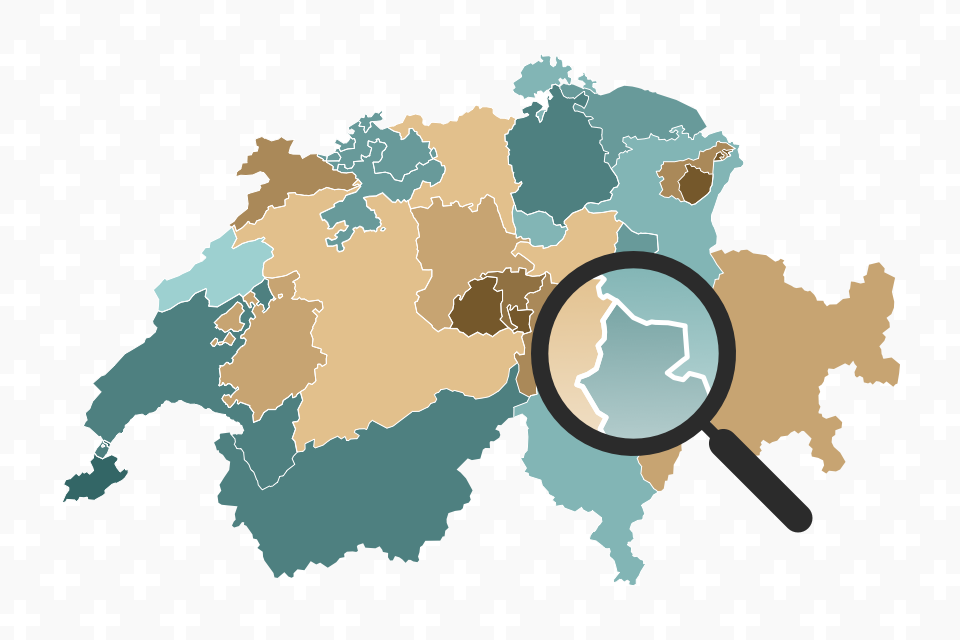Bern show reveals Swiss passion for Picasso

Bern's museum of fine arts, the Kunstmuseum, has opened a unique exhibition of Picasso's works. Some 160 paintings, sculptures and prints owned by Swiss private collectors and museums are on public display, some for the first time.
“Picasso and Switzerland” features some of the Spanish artist’s greatest masterpieces with works representing all the creative periods of his life. Highlights include paintings such as the renowned 1938 “Portrait of Marie-Thèrèse Walter”, on loan from the Collection Rosengart in Lucerne.
According to the Kunstmuseum’s curator, Toni Stooss, the most important painting for Switzerland is the “Aficionado”, painted in 1912, which now belongs to the Basel collection.
“This painting is a masterpiece of Cubism not only in Switzerland but worldwide. It is definitely the loan we fought most for to come to Bern,” he told swissinfo.
Rare sculptures
The exhibition also features 12 of Picasso’s sculptures, which are very rare in Switzerland and most were only discovered after the artist’s death. According to Stooss, Picasso did not give away any sculptures during his lifetime.
The idea for the exhibition came about when Stooss and his colleague, Marc Fehlmann, who compiled the accompanying catalogue, were planning to exhibit some of Picasso’s surreal works.
“During our research we noticed there was not a lot of his surreal work in Switzerland. However, we found out that with all Picasso’s artworks owned by Swiss collectors and museums, we could stage a very valuable exhibition dedicated to Picasso’s whole life,” said Stooss.
Revolutionary Swiss
Stooss added that Swiss collectors were quite “revolutionary” in their enthusiasm for Cubism – the first Picasso painting was acquired as early as 1907.
“We have one of the first paintings of Picasso, which Hermann Rupf, a Swiss private collector, bought directly from Picasso’s studio in 1907.”
Rupf and his wife, Margrit, were among the earliest fans of Cubism and acquired the painting “Feuillage”, which is now part of the Kunstmuseum’s own collection.
Critics were more sceptical about Cubism in its early days. Julius Meier Graefe, an influential art critic at the time, famously said: “One does not go to the nuthouse any longer but invents Cubism”.
His views were broadly representative of the early 20th century reaction to Cubism, although, like Rupf, there were a handful of Swiss collectors who acquired Picasso’s works in the early years.
Only two visits
Pablo Picasso, who was born in 1881 and lived until 1973, only ever visited Switzerland twice. His first visit was in 1932, when he came to see the first exhibition at Zurich’s Kunstmuseum. However, according to Stooss, he did not even stay for the opening ceremony because he was not keen on social gatherings.
Picasso’s second visit in 1937 brought him to Bern, where he visited his friend, the art historian, Bernhard Geiser. When Geiser took him to see Hermann Rupf’s collection, Picasso was a bit astonished and said: “This is a marvellous collection, but you should have more Picassos… you only have four.”
Switzerland’s collection of works by Picasso has grown significantly since then. The 160 works on show at Bern’s Kunstmuseum are only a small fraction. Stooss does not know exactly how many Picasso pieces are in Swiss hands, but “if you count all drawings and graphic sheets it must be an immense number”.
The exhibition will run until January 6 next year.
by Billi Bierling

In compliance with the JTI standards
More: SWI swissinfo.ch certified by the Journalism Trust Initiative








You can find an overview of ongoing debates with our journalists here . Please join us!
If you want to start a conversation about a topic raised in this article or want to report factual errors, email us at english@swissinfo.ch.